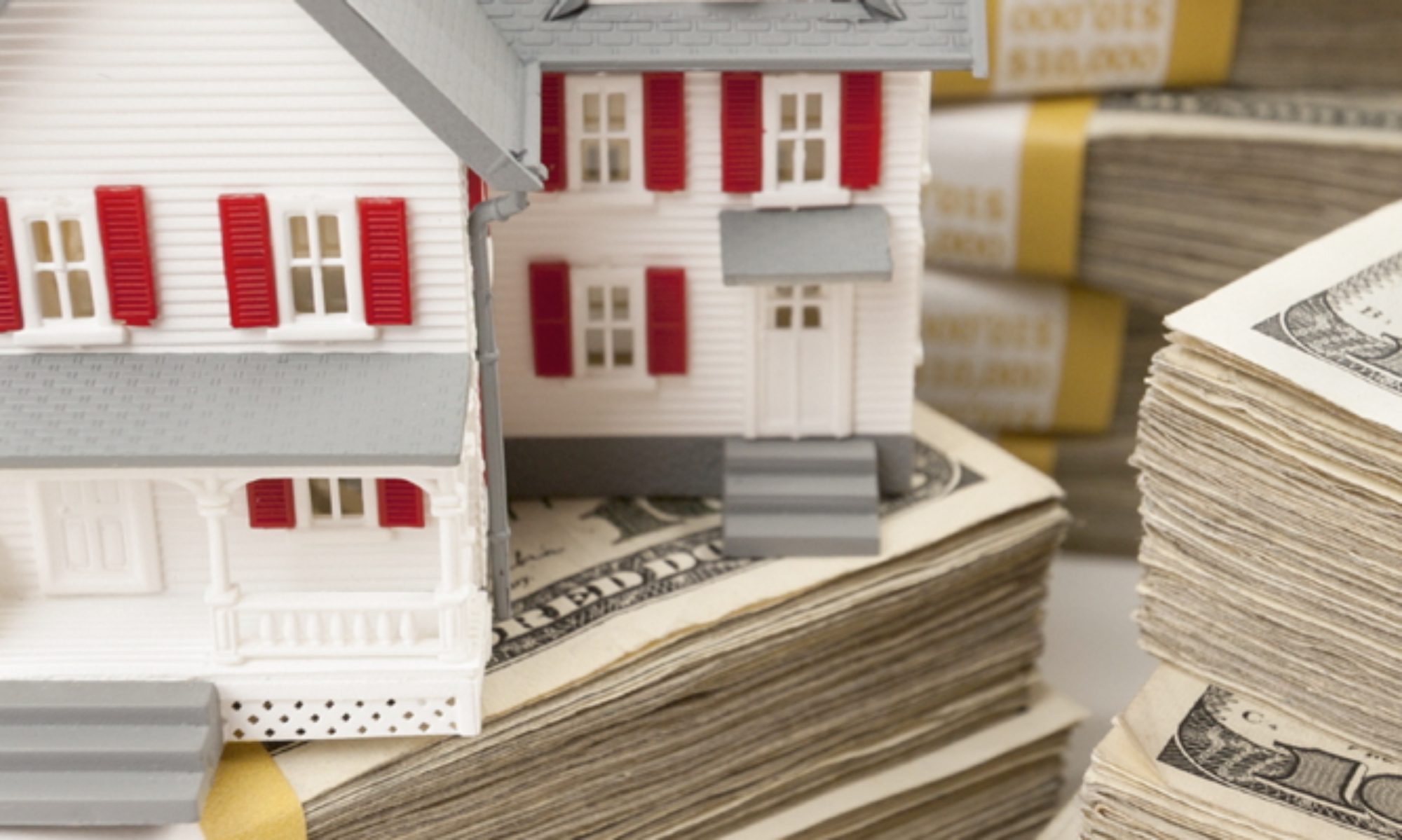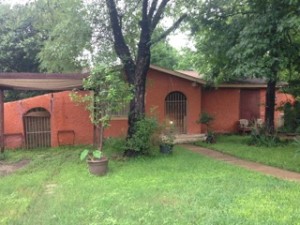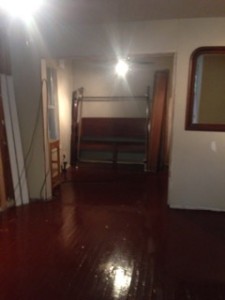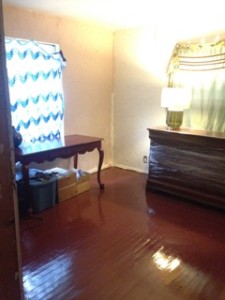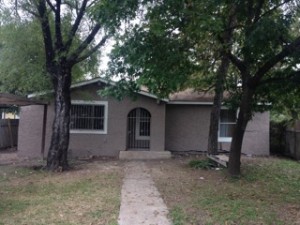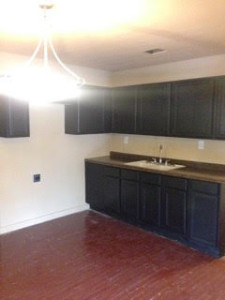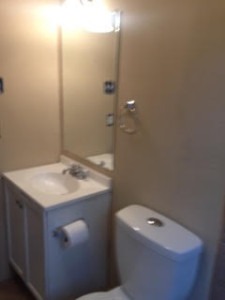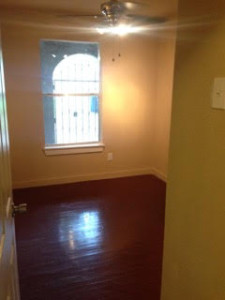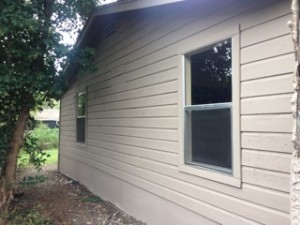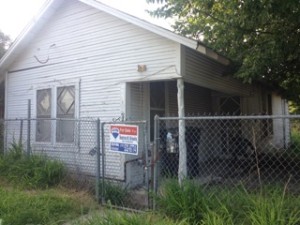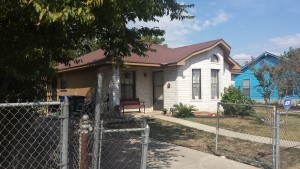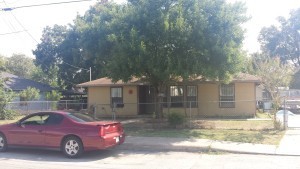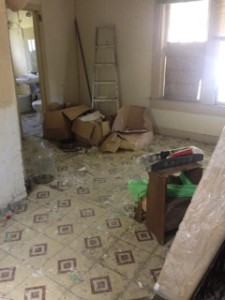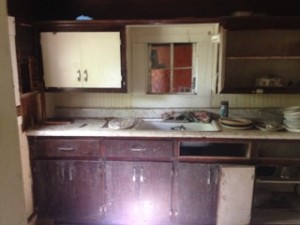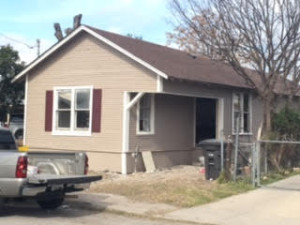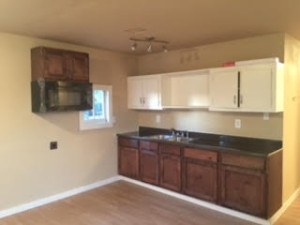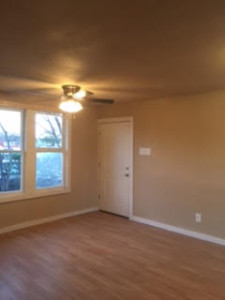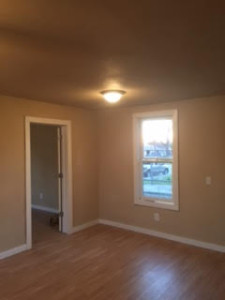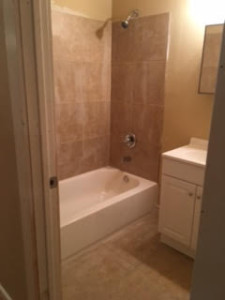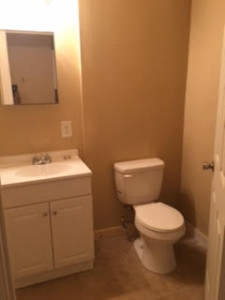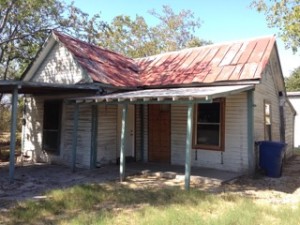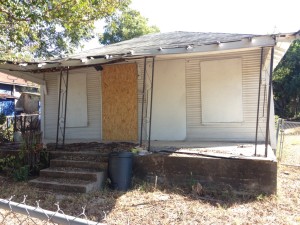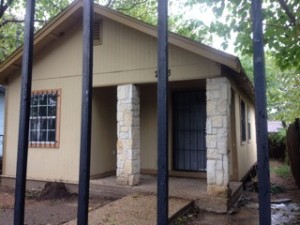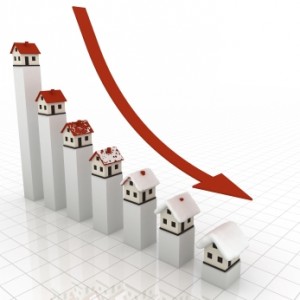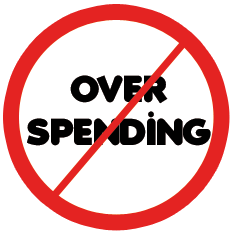This article now appears on Inman News.
Key Takeaways
- Ignore what your eyes tell you about property’s appearance: study the numbers, cost of repairs and the area.
- Pay 20 percent to 30 percent under market value or move on to another deal.
- Buying in poorer areas means less competition for the deal, and it could make you 12 percent ROI or better.
There are so many myths out there about purchasing distressed properties in what people often call “problem” neighborhoods. Raise your hand if you ever heard this before: “Don’t ever buy a real estate investment in a bad neighborhood.”

I hear it all the time. It’s baloney. Many of the best San Antonio investment properties are in so-so areaa.
If you just trust your eyes and only buy in nice areas, your chances for making money are slim. For instance, a major real estate investing company is a perfectly good organization that focuses on selling rental properties and related training.
In a recent blog, however, the company said this: “The whole idea of buying property for investment is to buy in hot or an up-and-coming neighborhood. Don’t waste your time or money investing in a property located in a poor or declining area.”
It is correct in the sense that you should definitely buy in an up-and-coming neighborhood. I do that all the time when I buy under-market value houses in San Antonio.
I study the market and find the neighborhood near a hot area that I think is going to get hot next, and I snatch up $40,000 houses for cash before they go up to $80,000. I make 10 percent to 15 percent a year on most of these best San Antonio investment properties.
However, the rest of the quote is questionable: “The whole idea of buying property for investment is to buy in hot or an up-and-coming neighborhood.” If this means paying anywhere near market value, I don’t agree at all. That’s how investors end up making zero cash flow.
I will buy a 20 percent to 30 percent under-market-value house in a hot, affordable neighborhood (under $80,000 wholesale is my strategy). That makes a lot of sense. That type of deal will produce excellent, positive cash flow if you don’t over rehab.
For example, a California investor bought this three-bedroom, one-and-a-half bathroom house in a rising area north of downtown San Antonio:
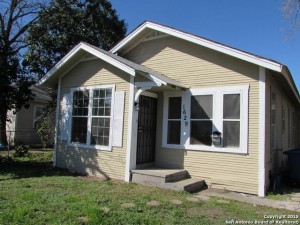
The investor bought it from me for $62,000 — approximately 30 percent under market value — and did $10,000 in repairs. He resold it with seller financing with $5,000 down, $89,900 price, $937 per month property, taxes and insurance (PITI). That’s 12 percent ROI.
This company might consider this a poor neighborhood, but my investor doesn’t have to repair the house, and he makes 12 percent on his money. What a great out of state real estate investment.
“Don’t waste your time or money investing in a property located in a poor or declining area.” I don’t buy in declining areas, but what defines a poor area?
Does that include households that make $2,500 or $3,000 per month? That’s 90 percent of the owner-finance buyers that helped me to financially retire before I was 30 on distressed sales.
The majority of the neighborhoods that I invest in are considered poor areas, but they are on the way up, as the city is pouring revitalization dollars into parks, green space, walking paths and more.
For instance, this three-bedroom, one-bathroom home west of downtown is in a so-so area:
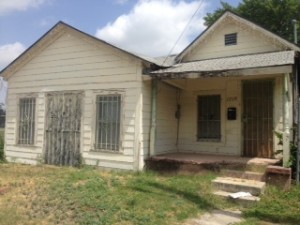
Sure, it’s not pretty, but smart investors ignore what their eyes tell them and study the numbers, the nature of the repairs and the area. The repairs on this house to resell it were minor, and the nearby area has seen millions and millions of dollars in new construction and city funding.
The investor purchased it from me for $29,900 — about 30 percent under market value. After $7,000 for paint inside and out, foundation repair and clean up, it sold with seller financing for $5,000 down, $55,000, $550 per month PITI. That’s 11 percent ROI.
And this is in an area that most investors would consider poor. It is, however, on the way up.
Of course, you cannot simply go into any poor area and start buying cheap, distressed sales with positive cash flow. That’s also a path to ruin. But if you only purchase investment properties in nicer areas, you will be fighting a lot of investors for any of the few deals that generate cash flow. That drives prices up to market value and beyond, and you can kiss your profits good bye.
Invest in distressed, fixer upper homes or under market-value properties for true positive cash flow, but be certain to:
- Carefully study the market to learn which area is near a hot area and will likely go up in value in the next year.
- Get the property for at least 20 percent under market value to leave room for a profit of at least 25 percent on a flip and 10 percent ROI on a buy-and-hold.
- Buy out of state investment properties in areas that are less expensive, especially in B and C neighborhoods.
- Owner finance the property to a qualified buyer — save yourself thousands in rehab costs. Do enough to sell the house and leave the rest to the new owner.
If you invest carefully in properties in poor or bad areas, you will end up with cash flow that all the poser investors simply dream of.
